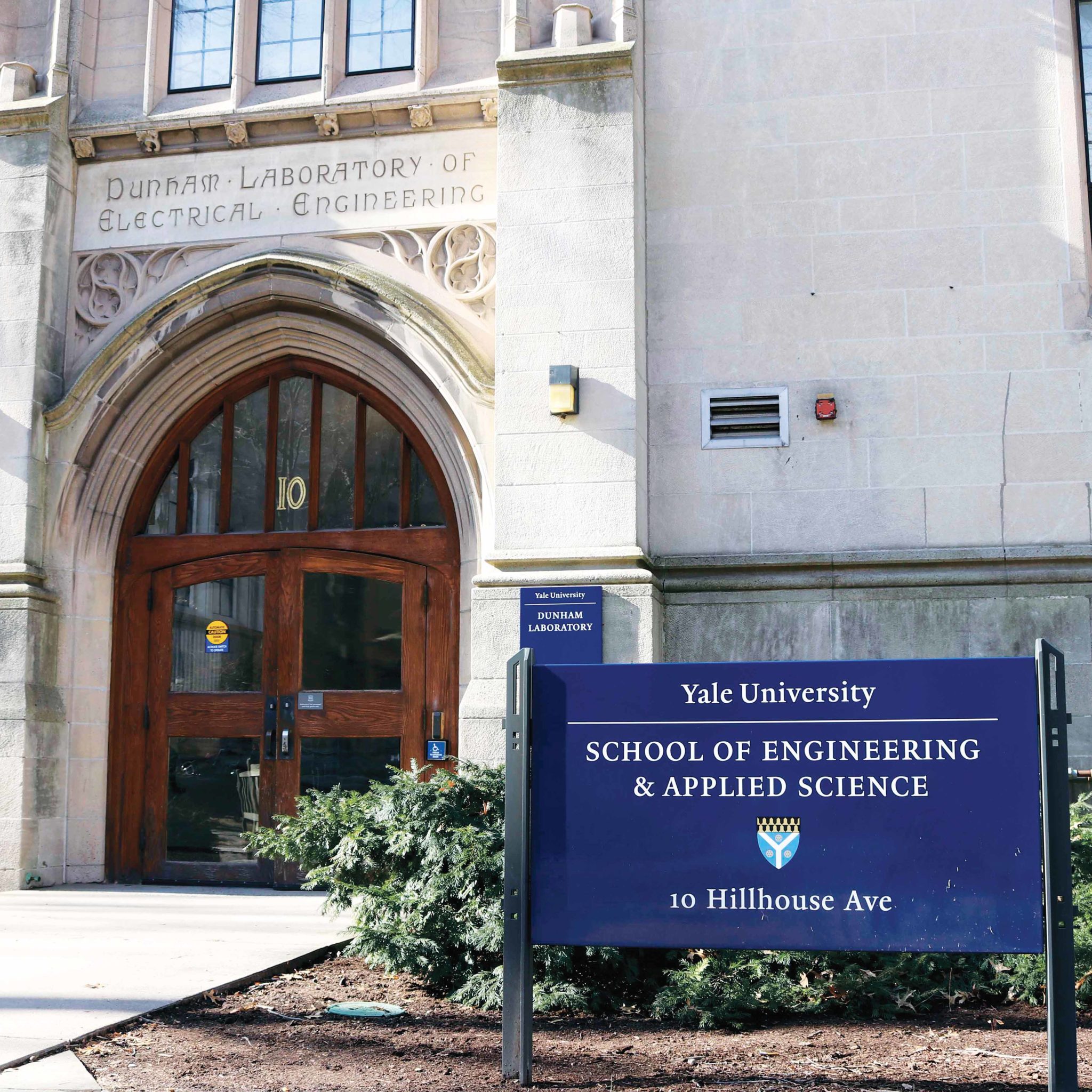
As the University enters the third year of its Faculty Excellence and Diversity Initiative — a $50 million, five-year push to hire more faculty members from historically underrepresented groups in academia, including women in STEM fields — a gender imbalance in STEM departments persists.
The University unveiled the initiative in November 2015 after a series of high-profile faculty members of color left Yale for peer institutions. The initiative, which is the largest of its kind in the University’s history, allocates funding for faculty salaries, professional development programs and pipeline programs that give additional research funds to graduate students “who contribute to excellence and diversity in the academy.” The initiative has so far supported the recruitment of 65 new faculty members.
“In many ways, FEDI has exceeded our expectations,” Deputy Provost for Faculty Development and Diversity Richard Bribiescas wrote in a statement to the News. “During the first three years of FEDI, our partnership with all Yale schools has resulted in 65 ladder faculty who add excellence and diversity being supported by this initiative. This figure is similar to a large FAS department or one of our professional schools.”
But despite the progress made by the initiative, eight of the nine students and faculty members interviewed by the News said STEM departments still face gender imbalances. While many praised the University’s efforts to bolster female representation in STEM departments, seven students and faculty members said the University has work to do to foster a healthier environment for female students and faculty members.
For example, according to the University website, just one of the 17 senior faculty members in the mathematics department is female. In addition, just six out of 42 faculty members in the chemistry department, 12 out of 63 in physics and four out of 24 in neuroscience are female.
Bribiescas declined to specify which female faculty hires in STEM fields were made through the funds from the diversity initiative, noting that “such data could make individual awards identifiable.” In a statement to the News, Bribiescas affirmed the University’s commitment to increasing the number of women faculty members in STEM departments and fostering a climate where all faculty can thrive and feel welcomed.
Physics and astronomy professor Megan Urry told the News that both at Yale and nationally, the fraction of women with STEM professorships falls far below the fraction of women who hold doctorates in those fields. According to Urry, while nearly 40 percent of chemistry doctorates are given to women, only about 10 percent of faculty jobs in the chemistry departments are held by females. She added that in biology, women earn half of the doctorates but only hold around 20 percent of faculty jobs.
“Research tells us that the dominant reason is not pipeline … or the lesser abilities of women,” Urry said. “Rather, the achievements and promise of women in STEM are consistently underestimated and undervalued. … We do not see women as scientists as readily as we do men. We do not expect them to be authorities even when their credentials say otherwise. And faced with equivalent records, we rate men higher.”
Molecular, cellular and developmental biology professor Valerie Horsley said that she is happy to see that the number of women faculty members in her department has increased over the past decade.
Still, Horsley said that there persists a “cultural problem in the sciences that allows gender harassment.” Emphasizing the importance of fostering a welcoming environment for female faculty and students, Horsley said the University should work to change the climate on a departmental level.
But some faculty members interviewed by the News said that the problem had to do more with the historical lack of representation of females in STEM fields than with the University itself. For instance, physics professor Sarah Demers attributed this to a “combination of stereotypes, bias and a lack of opportunity” nationally, but called the physics department at the University “an incredibly supportive group.” She added that Yale was above the national average in terms of females who hold physics professorships.
Similarly, in a statement to the News, Dean of Faculty of Arts and Sciences Tamar Gendler defended the progress brought about by the Faculty Excellence and Diversity Initiative.
“In our recent hiring, we have been able to attract excellent science faculty who also bring diversity along gender lines,” Gendler said. “The FEDI initiative has been helpful in these efforts, as it has enabled us to offer appealing recruitment packages to outstanding candidates.”
Still, Urry said that women often feel undervalued at the University when their peers “say and do things that suggest [that] they do not have equal respect for [women].”
While Urry declined to specify the ways in which women feel undervalued at the University, she added that the University should do more to address the lack of female representation in STEM fields on campus.
“Yale strives to be a leader in scholarship, a leader in innovation, a leader in many spheres,” Urry said. “We must also lead on equity and inclusion. So far, we are in the middle of the pack, not out in front, even though many have put a lot of effort into this. So we must do more.”
According to the National Science Foundation, in 2010, women constituted 22 percent of full professors, 37 percent of associate professors and 44 percent of assistant professors in STEM departments across the nation.
Lorenzo Arvanitis | lorenzo.arvanitis@yale.edu .
Serena Cho | serena.cho@yale.edu .







